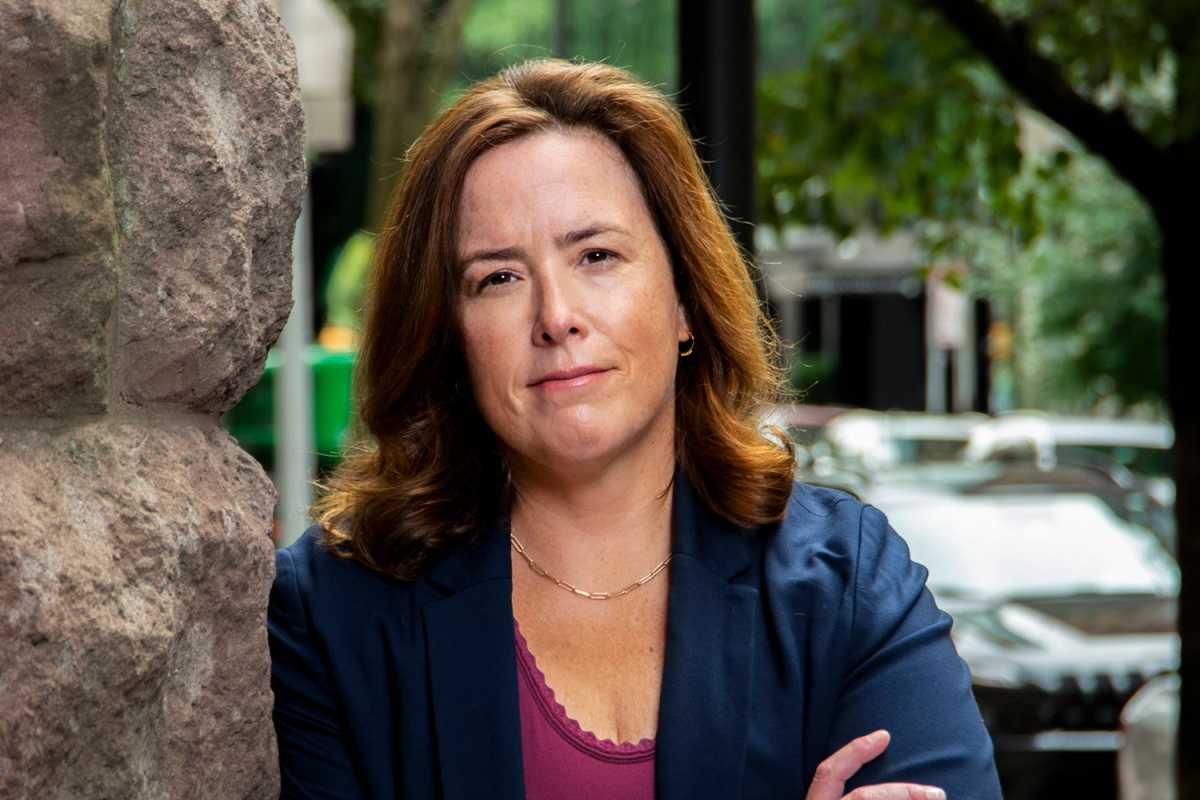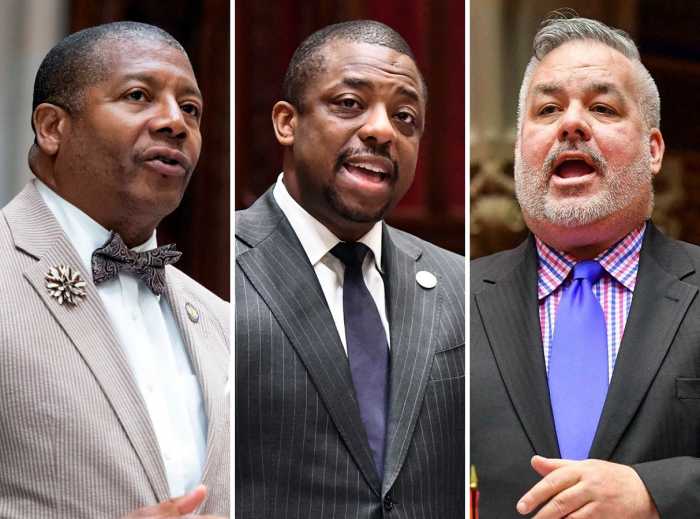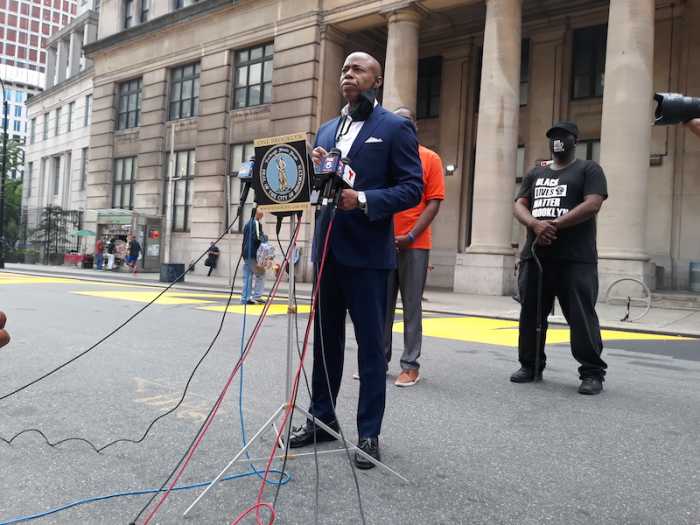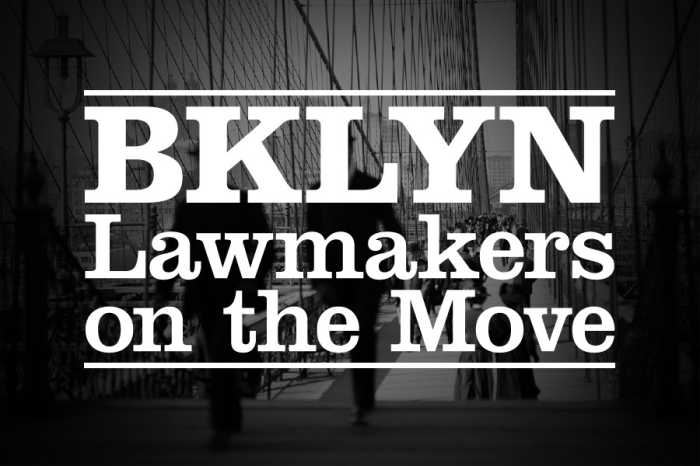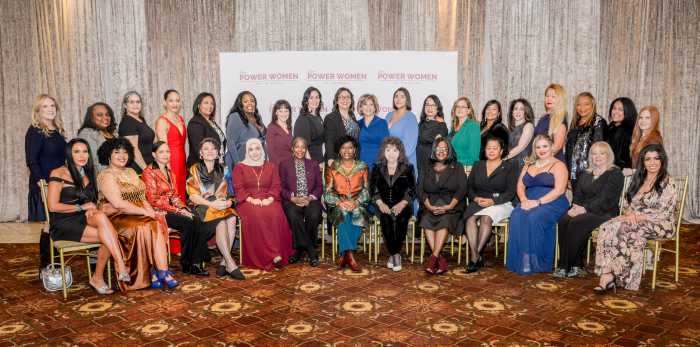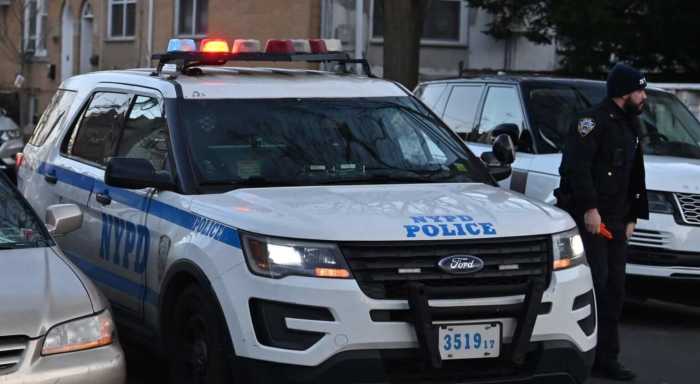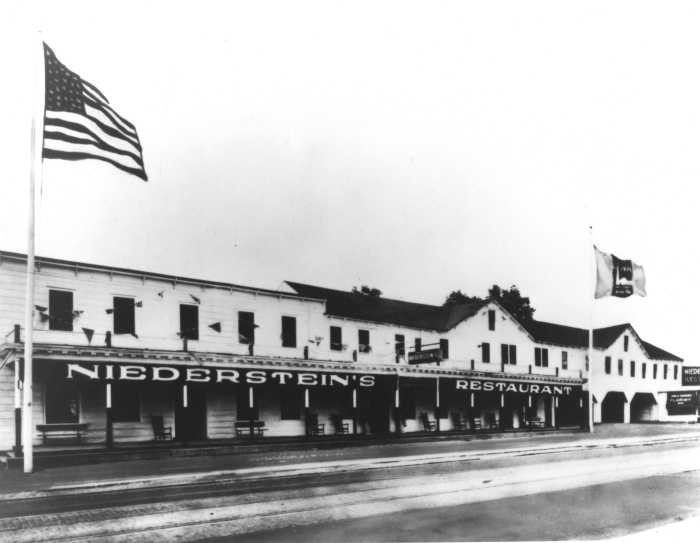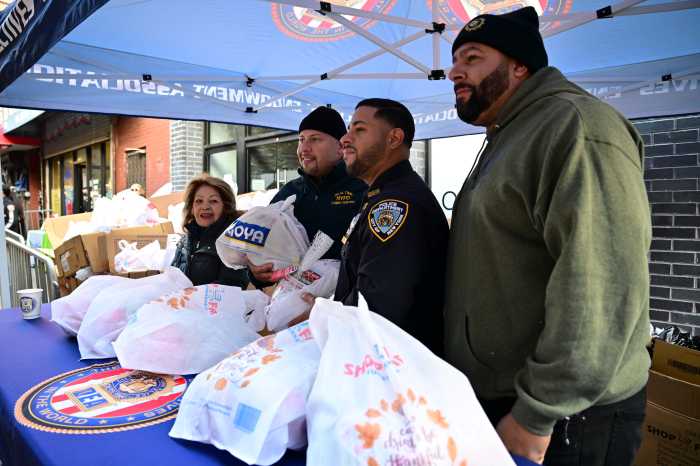With crime rising, communities feeling threatened and alienated, and the police department feeling under attack, we need new strategies to ensure the safety of New Yorkers while also protecting their civil rights. This starts by recognizing a common goal of cultivating peaceful neighborhoods where public safety and justice exist for all.
Policing New York is never easy. A typical day might include an emotionally disturbed person wielding a weapon; incidents of domestic violence or child abuse; or a late night, crowded bar or street fight (or worse, multiple gun shots). The list of examples is daunting, and effectively dealing with these matters can be further complicated by our City’s diversity in its languages, ethnicities and customs.
“Defund the Police” is a shortsighted slogan lacking any specific details crucial to formulating policy which perpetuates beneficial change for our communities. When instances of domestic violence, gun violence, hate crimes, or sex crimes occur, the last predicament residents want is having to call an underfunded and unequipped police force.
Due to current budget cuts, the NYPD’s ranks have fallen from last year’s headcount of approximately 36,900 to 35,100, a total which includes 900 Police Academy recruits who will not take the streets until mid-2021.
The notion that most of our officers reside outside our City’s borders is erroneous. Roughly half live within the five boroughs. They are working people, many of color, who often find it difficult to support their families with salaries we provide them. A significant amount experience troubling levels of stress and anxiety on the job. We cannot afford to defund budget lines which pay their salaries or finance crucial training and mental health programs they so desperately need.
That said, the over-militarization of our police force leaves communities feeling intimidated by and fearful of those tasked with keeping them safe, a condition magnified in communities of color, where distrust and animosity between neighborhoods and police precincts continues to grow with each breaking story of police brutality.
The Posse Comitatus Act is a federal law inhibiting the powers of the US government to utilize its military or military personnel to enforce domestic policies within its borders. The transformation of our peace officers into virtual soldiers is an end-run around this law and stands in opposition to the concept of freedom Americans hold dear. Resources should be reapportioned away from funding police militarization and into more practical and productive priorities.
It is without question that both the NYPD and communities throughout our City share the desire for families and residents to feel protected in their neighborhoods. So how do we heal the rift between them?
First, we enhance the training of our police force. Currently, all police officers are trained for six months at the Academy. This is not enough time to provide them the education needed to learn to effectively deescalate and diffuse high-pressure situations, conduct investigations, make arrests, and recognize when law enforcement techniques are not the best solution to a specific situation.
Looking to several European countries as models, we will transform the Academy into an extensive educational program so that police are fully trained in the latest law enforcement techniques, as well as in matters of racial and ethnic sensitivity. Graduates of an initial three-year curriculum will receive degrees comparable to BAs and be rewarded with higher salaries than those currently provided.
Training must also be ongoing. The U.S. Navy SEALs, routinely subject to intense pressure scenarios, spend 20% of their time on continuous training, much of it focused on deescalation techniques. This will be the same for the NYPD.
Second, we significantly increase police/community interaction through neighborhood and leisure events, regular classroom visits, and open houses at precincts and community centers. An environment of sustained interaction and exposure is the best way to build trust between police and those they serve because it inevitably humanizes every individual in the equation.
When it comes to working with New York’s richly diverse populations, community leaders will take part in an ongoing dialogue with police precincts and District Attorneys’ offices. Meeting frequently to discuss neighborhoods and their most pressing and ongoing problems – with respect for all points of view – will foster even stronger mutual trust, which is the most crucial element in bettering police/community relations. District Attorneys will have ADAs work with every precinct in each borough to achieve this goal, including taking an active part in precinct community council meetings.
Increased and improved training for police, coupled with heightened knowledge of the neighborhoods they serve, will go far in creating systemic and holistic changes which work for all New Yorkers. With open dialogue between the NYPD, District Attorneys and New York’s communities, we will improve the administration of justice and achieve the peace and unity to which we all aspire.


